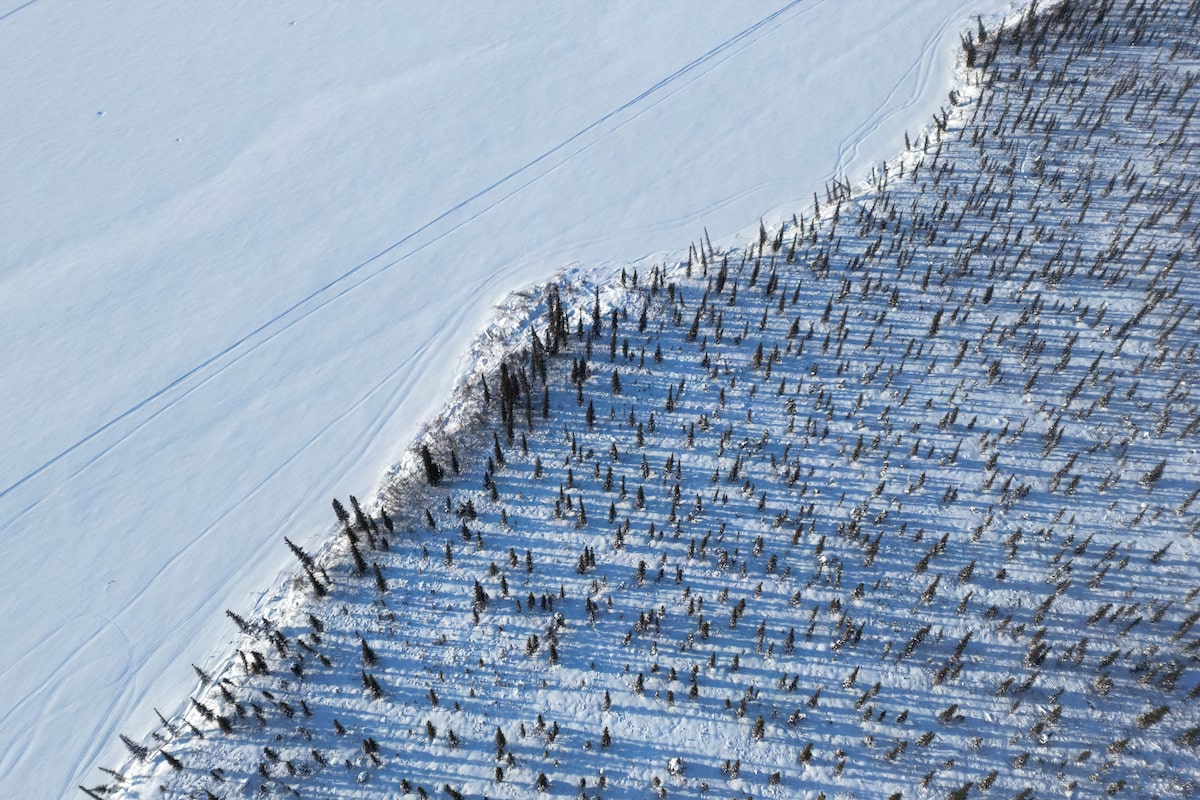Gordon Brasnett specializes in techno-economic modelling, policy analysis and risk assessment as a fellow in the Cascade Institute’s Ultradeep Geothermal Program. Leighton Gall is the program’s technical and Indigenous energy lead. Peter Massie leads the Cascade Institute’s Geothermal Energy Office.
Canada is on thin ice if it can’t defend its Northern sovereignty. Warming is making the Arctic more accessible and vulnerable, and powerful countries – including a newly predatory United States – are moving to secure influence in the region.
But one factor above all others handicaps our ability to defend that sovereignty: energy costs in the Canadian Arctic are among the world’s highest. Most Northern communities, military bases and industrial sites rely almost entirely on diesel burned in generators and shipped from the South. For decades, this polluting system has been vulnerable to disruption and absurdly expensive.
The solution is nearby. Beneath the frozen Arctic landscape lies an abundant source of low-cost energy: geothermal heat. By drilling kilometres into the Earth, Northern communities can tap this heat directly for needs like food cultivation and space heating, or convert it into low-carbon, all-season electricity. Geothermal electricity plants actually perform best in cold climates, because they leverage the differential between the hot temperatures underground and cool temperatures at the surface.
Until recently, engineers could tap geothermal power only where hot rock and a naturally occurring water reservoir were relatively close to the surface. But new breakthroughs – hybrid drill bits that slice through granite, automated rigs that steer with surgical precision and closed-loop well designs that harvest heat without relying on underground water – have expanded the geological conditions where geothermal energy sources can be viable.
Opinion: How can Alberta and Ottawa be friends again? It begins with drilling
Over the last few years, the U.S. has blazed a path with its Frontier Observatory for Research in Geothermal Energy (FORGE) – a test site in Utah that brings together government, academia and industry to build next-generation geothermal capabilities. FORGE is now attracting hundreds of millions of dollars of private-sector investment.
Canada should build on FORGE’s lessons to launch Project AURORA – the Arctic Underground Research Observatory for Resource Advancement. Project AURORA would consist of one or more Northern test sites that design and adapt next-generation geothermal tech for the Arctic’s challenging terrain.
The project would generate immediate local economic activity, but that gain would be just the start. As a living laboratory, designed together with Arctic Indigenous partners, AURORA would accrue knowledge and experience to drive down energy production costs and allow geothermal deployment across the North.
The Cascade Institute estimates that – even at today’s drilling costs – an enhanced geothermal system could power the town of Resolute Bay, Nunavut, for 30 years at costs competitive with diesel. With AURORA improving geothermal’s economics, the end result would be enormous flows of reliable, far cheaper energy in the Arctic that enable growth, boost Indigenous communities and power Canada’s military presence.
And these advances needn’t stay in the Arctic. Canada would develop portable, turnkey, hard-rock drilling capacity that it could deploy across the country and export worldwide. The global market for next-generation geothermal energy is projected to exceed $2-trillion by 2050.
2024: Oil and gas expertise gives Canada leverage in geothermal development
Canada has the know-how, the people and the resources to seize this opportunity. Canadians are already leading some of the most advanced geothermal projects outside the country. These experts can be encouraged to come home and work with our domestic oil-and-gas industry on geothermal.
Investments in Project AURORA could also be counted toward Canada’s defence infrastructure spending. Our military engineers – familiarly known as “sappers,” whose motto is Ubique, or “Everywhere”– have a long history of solving technical challenges in extreme conditions. Just as the U.S. Army Corps of Engineers defined its global leadership by building dams, waterways, and levees, Canada’s sappers, working with our energy innovators in the Arctic, could propel us to global leadership in geothermal power.
But what we lack is time. As the Arctic opens and rivals move in, Canada risks falling permanently behind. Other Arctic players are already entering this space. The U.S. Defence Innovation Unit is piloting geothermal projects at seven different sites across the country, including in Alaska. Nordic countries such as Iceland, Norway and Finland are investigating next-generation systems.
The question is not whether we should build Project AURORA, but whether we can wait any longer. A bold national project to develop clean, secure and affordable geothermal power could free the Canadian Arctic from polluting energy imports and enhance the independence and economic well-being of local and Indigenous communities. Our sovereignty, our energy future, and our place in the world depend on it.

